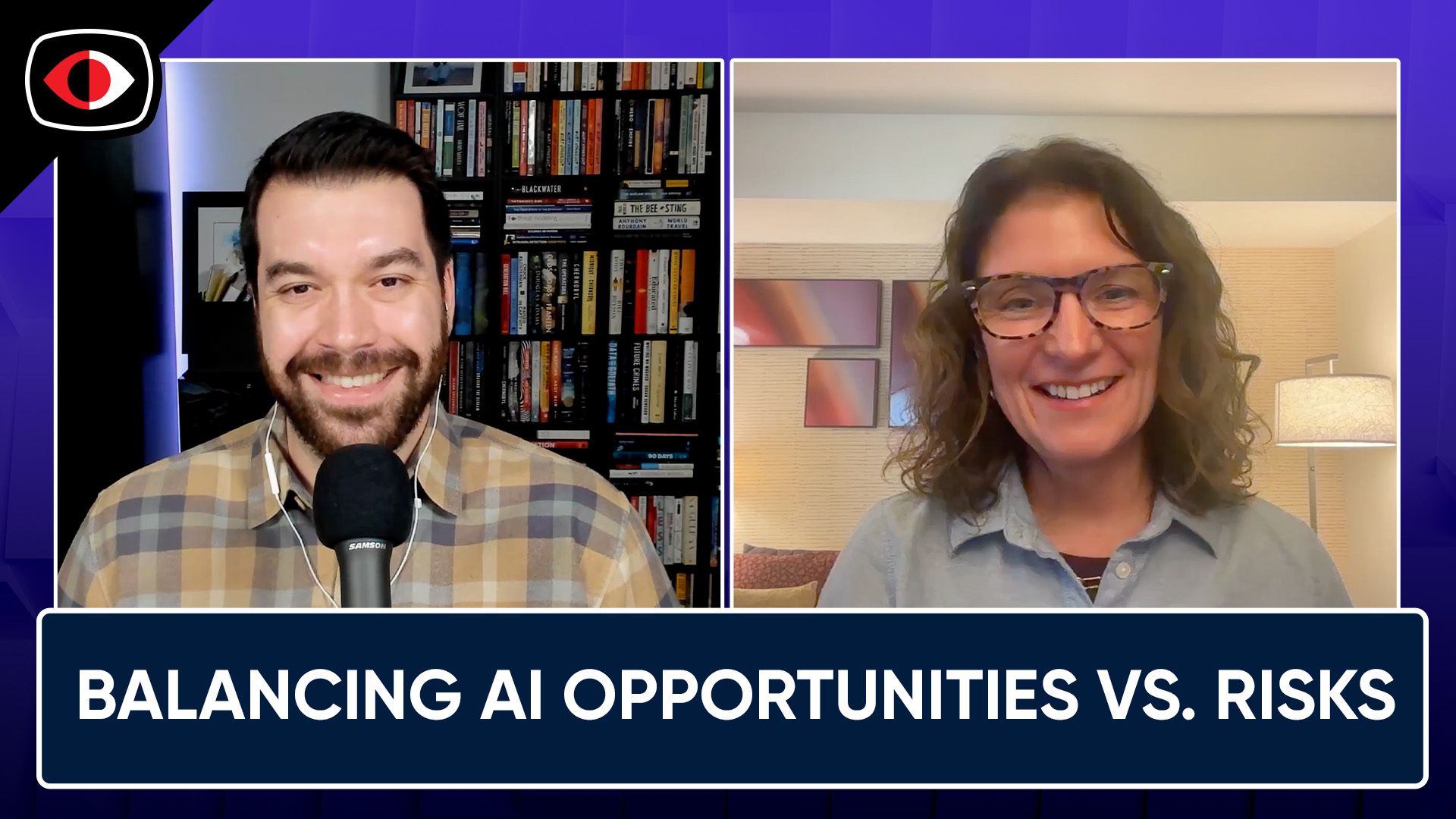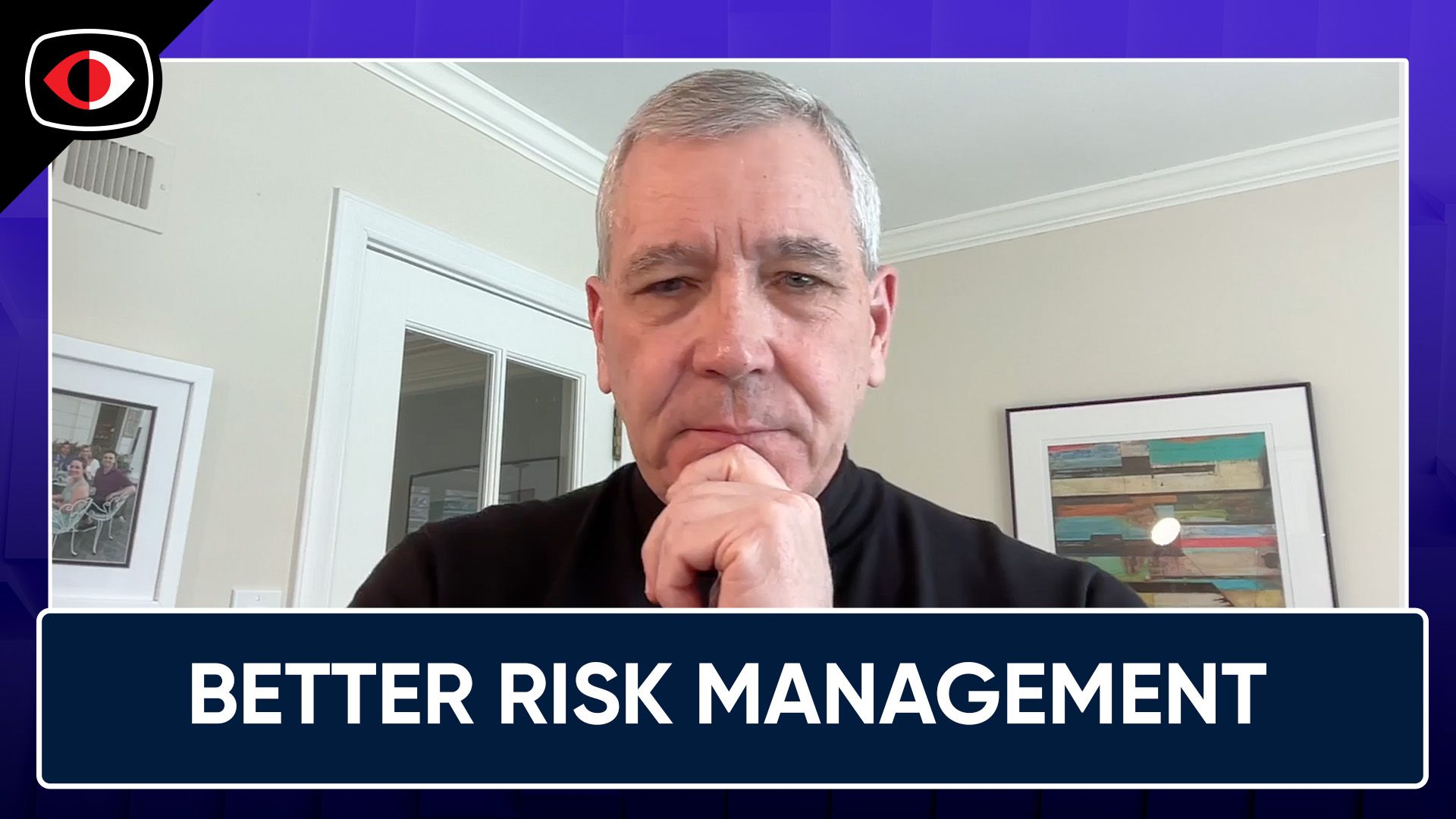CISO Evolution and Leadership Paradigm as Burnout Rate Hits 93% – BSW #372
In the leadership and communications segment, Managing Cybersecurity Stress: A Deep Dive into the 93% CISO Burnout Rate, How to Win at Cyber by Influencing People, Boost Your Team’s Productivity by Hiring Force Multiplier, and more!
Hosts
- 1. Managing Cybersecurity Stress: A Deep Dive into the 93% CISO Burnout Rate
The role of Chief Information Security Officer (CISO) has evolved rapidly, but at what cost? A recent survey reveals that 93% of CISOs experience high levels of stress, impacting not just their careers but their overall well-being. The pressure to keep companies safe from relentless cyber threats, combined with evolving compliance demands and limited resources, has left many CISOs teetering on the edge of burnout.
Notes from Adrian:
In the search for the source of this statistic (here, by the way), I found that high levels of burnout and stress for CISOs seems to be a constant refrain for many years now, and BOY did this pull me down a rabbit hole.
- June 2023: 94% of CISOs suffer from work-related stress from this February 2023 study by Cynet
- October 2020: 88% of CISOs consider themselves under moderate to high stress levels from this early 2019 study from Nominet
- December 2021: again, Nominet reports 88% of CISOs reporting under moderate to high stress in this study
- June 2024: 90% of CISOs are concerned about stress, fatigue, or burnout affecting their team's well-being from this report by Hack the Box
- I also found webinars and e-books focused on addressing burnout in cybersecurity
- It isn't a problem unique to the US, either. Several of the surveys above were done by UK organizations, and issues in Latin America have also been documented
- There are cyber-specific organizations dedicated to battling alcohol abuse and teaching mindfulness
- 2. The CISO Evolution: From Tactical Defender to Strategic Business Partner
The chief information security officer (CISO) role has changed dramatically from just a few short years ago. Once confined to technical security, CISOs have emerged as key strategic partners in the C-suite. This transformation comes as advanced technologies like generative AI complicate the threat landscape, while remote and hybrid work expand organizational attack surfaces.
- 3. The CISO’s Leadership Paradigm: Balancing Transactional and Transformational Approaches in…
The Chief Information Security Officer (CISO) holds a pivotal role in shaping an organization’s cybersecurity posture and resilience against threats. Given the increasing sophistication of cyber threats, CISOs today need to navigate both technical challenges and leadership demands. Leadership style can significantly influence a CISO’s effectiveness, impacting team morale, strategic decision-making, and organizational trust in cybersecurity initiatives.
- 4. How to Win at Cyber by Influencing People
Knowing you would like to implement zero trust and actually implementing it are two different things. That's at least in part because zero trust is not a single solution one can install and walk away from. Rather, it's an approach to IT and security that emphasizes validating every connection, whether it's user to app, app to app, or process to process. The advantages are clear though: a reduced attack surface; lateral movement across a network by attackers is prevented; and each and every access to any corporate resource is granted on a per-request basis.
In short: Never trust, always verify.
- 5. Security Culture: The Best Tool Money Can’t Buy
In this article, we will go over many of the common touching points that employees have with security. For each one, we will dig into how we can make those experiences positive and how it fits into our broader security culture strategy.
- 6. Boost Your Team’s Productivity by Hiring Force Multipliers
Studies have shown that in many companies, a handful of people generate the most value, and yet many companies operate with a “hire to grow” mentality, believing that increasing headcount drives growth. Instead, they should be looking for existing employees and new hires who are force multipliers — whose skills and energy make everyone around them more productive — an approach the author calls “talent density.” Three strategies can help organizations become more talent dense: 1) Rethinking the recruiting function so that recruiters encourage managers to consider how new hires will enhance overall team productivity; 2) Move people into jobs that leverage their strengths and support employee skill development; and 3) Pay people at market rates or above.
- 7. CISO Playbook: Cyber Resilience Strategy
This playbook provides key principles and foundations for building a highly focused and adaptive cyber resilience strategy, including in-depth risk assessment, stakeholder buy-in and support, team building, target state agreement, and delivering on promises. This end-to-end guide covers various aspects, including in-depth risk assessment, stakeholder buy-in, building a team, agreeing on a target state, and delivering on promises to help build and sustain cyber resilience effectively.







